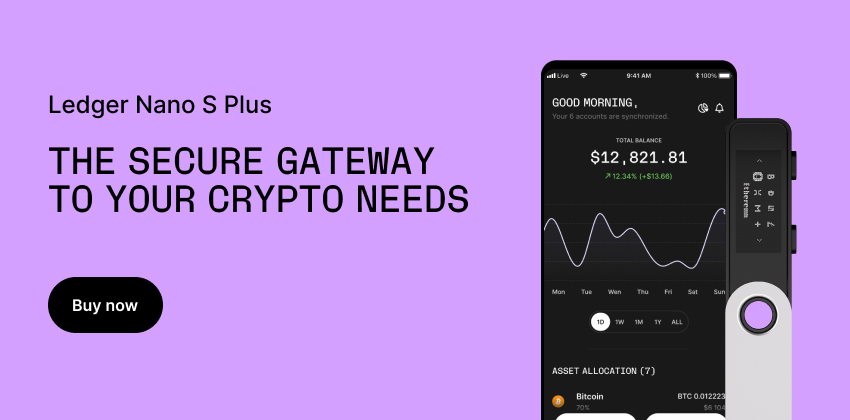Understanding Blockchain Stability: Insights from Cardano and Sui
Blockchain networks are celebrated for their decentralized nature, but stability remains a critical factor in their long-term success. In a space where downtime can result in lost trust and value, comparing the experiences of established blockchains like Cardano and newer platforms like Sui offers valuable insights into the trade-offs between innovation and resilience.
This article explores the remarkable stability of Cardano, which has maintained six years of uninterrupted service, and contrasts it with Sui’s recent outage. By diving into their development approaches, network designs, and investor implications, we’ll uncover what sets these platforms apart and what the future holds for blockchain reliability.
1. The Context: Stability in Blockchain Networks
Cardano’s Stability
Cardano, launched in 2017, has maintained over six years of uninterrupted uptime, a feat few other blockchains can match. This stability is attributed to its rigorous, research-first approach to development, where every component undergoes peer review and extensive testing before deployment.
Sui’s Outage
In contrast, Sui—a blockchain launched in May 2023—faced a significant disruption on November 21, 2024, when its network halted block production for over two hours. The issue was traced to a bug in its transaction scheduling logic, leading to validator crashes. While the Sui Foundation quickly resolved the problem, the incident highlights the vulnerabilities that newer blockchains can face.
2. Why Cardano Hasn’t Experienced an Outage
1. Rigorous Development Process
Cardano’s foundation in peer-reviewed academic research ensures that its protocols are robust and resilient. Each update undergoes exhaustive scrutiny before being implemented, reducing the likelihood of bugs or vulnerabilities.
Example: The Ouroboros proof-of-stake consensus mechanism, which powers Cardano, is based on formal mathematical proofs and has been shown to be provably secure.
2. Layered Architecture
Cardano’s blockchain architecture is divided into two distinct layers:
Settlement Layer (CSL): Handles ADA transactions.
Computation Layer (CCL): Executes smart contracts and custom logic.
This separation enhances security and flexibility, ensuring that updates to one layer don’t compromise the entire network.
3. Community and Governance
Cardano’s decentralized governance model and active community play a critical role in maintaining its stability. Updates such as the Alonzo hard fork and Mithril enhancements have been carefully planned and executed, ensuring smooth transitions.
3. Sui’s Growing Pains
1. Cause of the Outage
Sui’s outage was caused by a bug in its transaction scheduling logic, which led to validator crashes. This halted block production for over two hours, affecting its native cryptocurrency, SUI, which saw a 5% price decline during the incident.
2. Rapid Development Strategy
Unlike Cardano’s measured approach, Sui adopts a fast-paced development strategy focused on rapid innovation. While this allows it to quickly roll out new features, it also increases the risk of unforeseen issues.
3. Immature Ecosystem
As a relatively new blockchain, Sui is still developing its community and governance structures. This limits its ability to identify and address vulnerabilities preemptively, a factor that contributed to the outage.
Advertisement
This Black Friday, take your crypto security to the next level! Upgrade with Ledger Nano and enjoy exclusive deals. Don’t miss out—secure your assets today: https://shop.ledger.com/pages/black-friday-upgrade/?r=63f282cbb5b4
Understanding Blockchain Stability: Cardano vs Sui
| Aspect | Cardano | Sui |
|---|---|---|
| Launch Year | 2017 | 2023 |
| Consensus Mechanism | Ouroboros Proof-of-Stake | Novel Proof-of-Stake |
| Uptime | 6+ years of uninterrupted service | Experienced a major outage in November 2024 |
| Development Approach | Research-first, peer-reviewed protocols | Agile development, prioritizing speed over caution |
| Network Architecture | Layered design (CSL and CCL) | Monolithic design |
| Community Engagement | Large, active community and decentralized governance | Smaller, growing community with limited governance mechanisms |
| Investor Confidence | High due to proven reliability and established ecosystem | Moderate; innovative but untested over the long term |
5. Why Stability Matters to Investors
1. Mitigating Risk
A stable network like Cardano minimizes the risk of disruptions that can erode user trust and token value. For investors, this translates into a safer, more predictable asset.
2. Attracting Institutional Interest
Institutional investors prioritize reliability, making platforms with proven stability more attractive. Cardano’s uninterrupted uptime positions it as a strong contender for large-scale adoption.
3. Balancing Innovation and Reliability
Sui’s rapid innovation strategy appeals to speculative investors but comes with higher risks. Balancing speed with stability will be critical to its long-term success.
6. Lessons for Blockchain Development
1. Importance of Testing
Sui’s outage underscores the need for rigorous testing and validation, especially for emerging platforms. Cardano’s research-driven approach serves as a benchmark for best practices.
2. Community Engagement
An active and engaged community can significantly enhance a blockchain’s resilience by identifying potential issues early and contributing to its development.
3. Long-Term Vision
While rapid innovation is exciting, long-term success requires a balance between speed and reliability. Platforms that prioritize stability are better positioned for sustained growth.
7. Investor Insights
For Cardano:
ADA remains a strong choice for long-term investors seeking stability and steady growth.
Monitor ecosystem developments such as Hydra and Mithril, which aim to enhance scalability and efficiency.
For Sui:
SUI is a speculative investment with high upside potential but increased risks.
Diversify holdings to mitigate the impact of outages or technical issues.
Watch for updates addressing governance and network stability.
8. Conclusion: Stability vs. Innovation
Cardano’s six years of uninterrupted uptime highlight the value of meticulous development and robust governance. In contrast, Sui’s recent outage illustrates the challenges faced by newer blockchains that prioritize rapid innovation.
For investors, the choice between Cardano and Sui depends on individual risk tolerance and investment goals. Cardano offers stability and long-term growth potential, while Sui presents opportunities for high returns with the trade-off of increased volatility.
As blockchain technology continues to evolve, the lessons from these two platforms will shape how developers and investors approach the balance between innovation and reliability.


